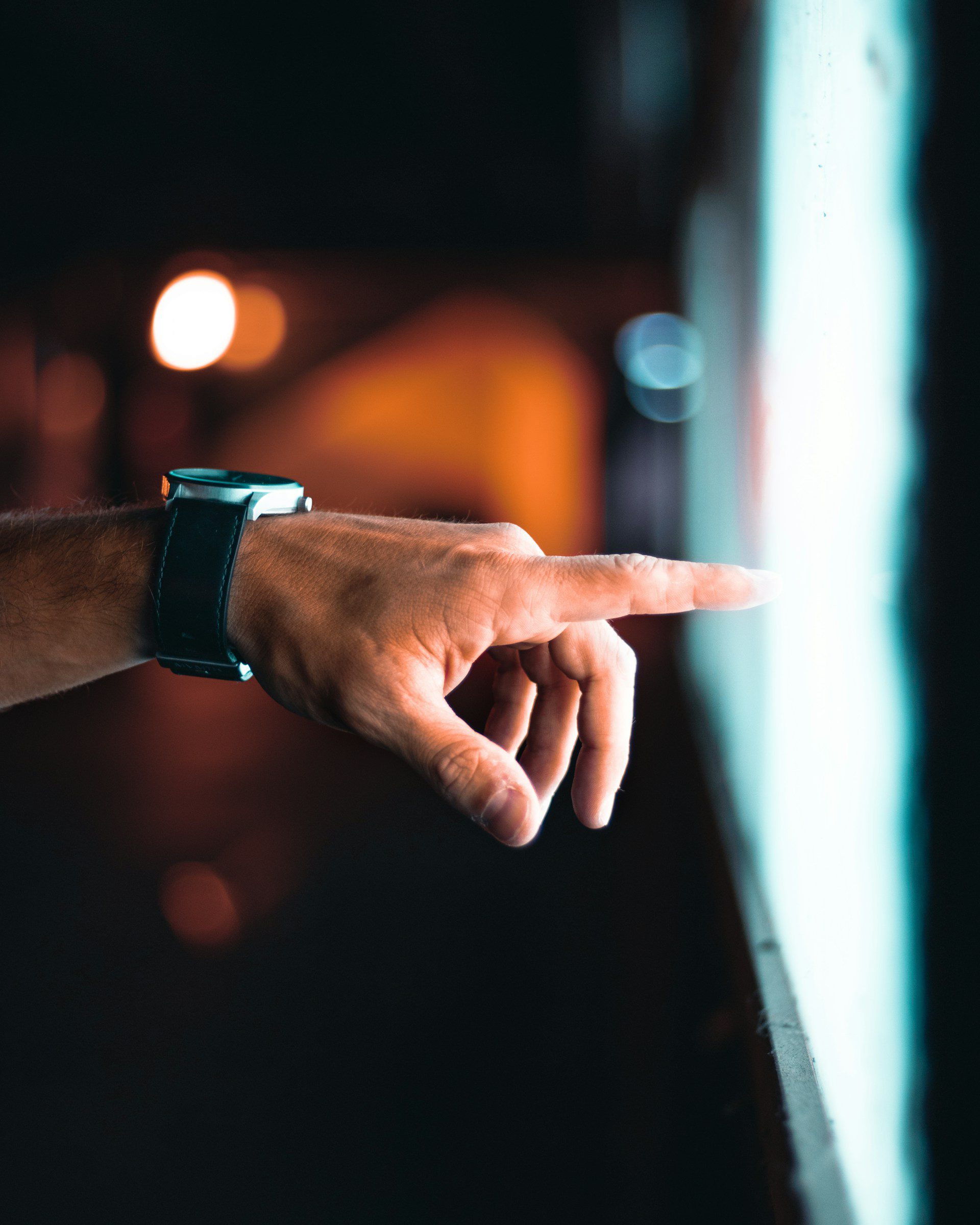Service Digital Design
Service Design That Sticks
Across our practices, Bang Design specialises in seamlessly combining digital service design with physical experiences to craft ecosystems that work as beautifully as they look.
Our experience spans everything from small product ecosystems (mobile apps and connected devices) to large, immersive environments that require Spatial UX mapping, User flow and foot-traffic pattern optimization, Complex service interaction design, A rigorous understanding of contemporary culture and context
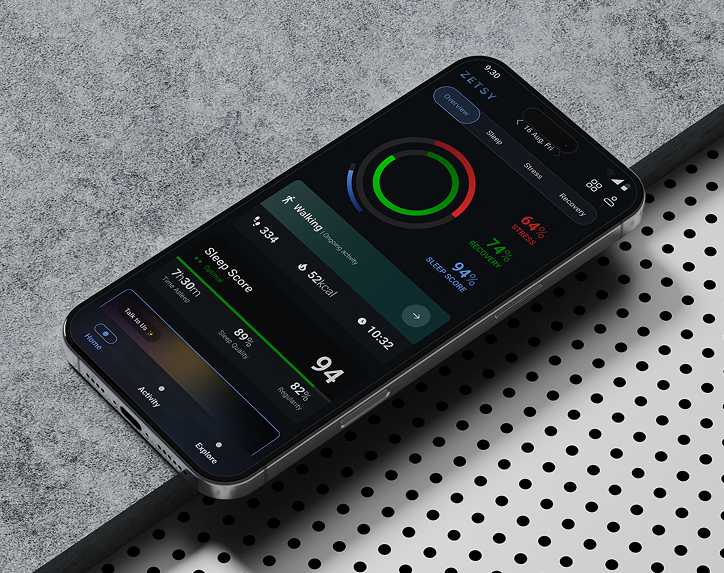
Product and Development Teams that worked with us saw 95% Improvement in Workforce Productivity, 88% Faster User Adaptation, 79% Reduction in Operational Costs.
What we do
Customer experience vision and design
We create intuitive, efficient, and human-centered experiences that simplify complexity, improve engagement, and deliver long-term value.

Digital products
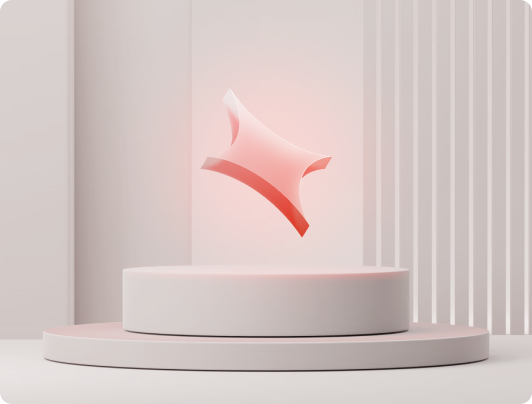
Digital first stores
Commercial environments can be much more than just site, building design, and interior quality.
Bang Design will work with you to inspire, imagine and create experiential retail environments that connects with people and keep them coming back for more.
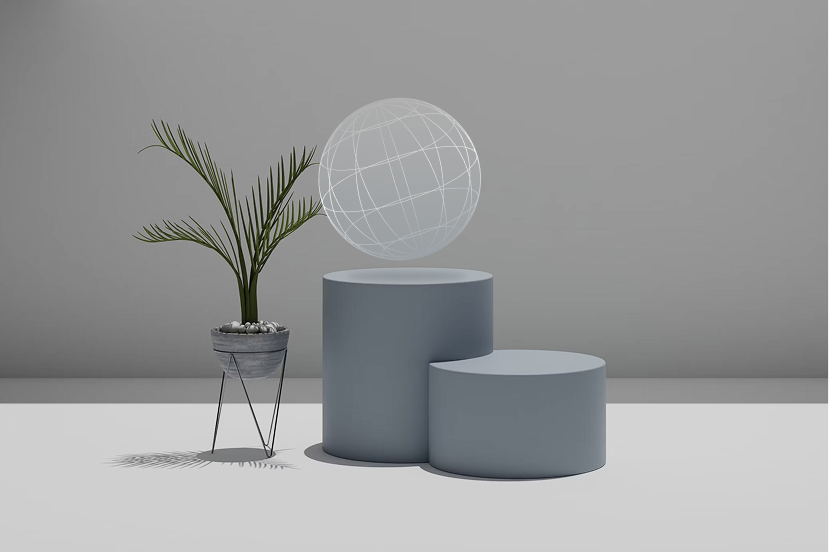
Engaging Work. Inspiring Results
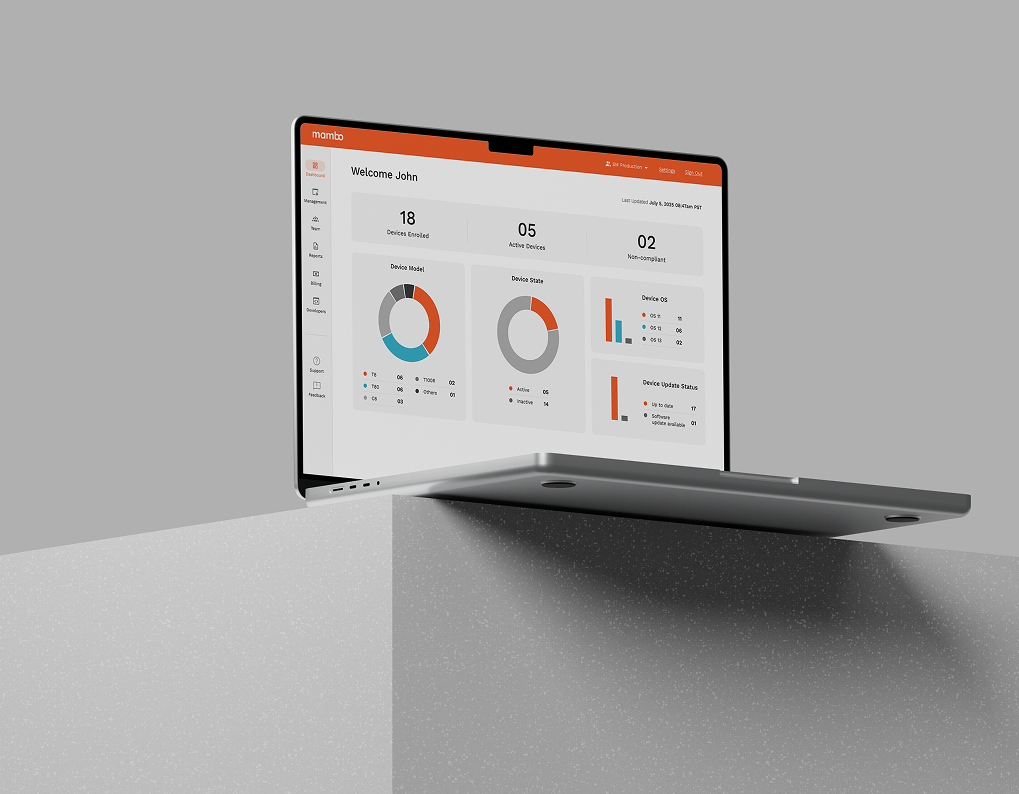
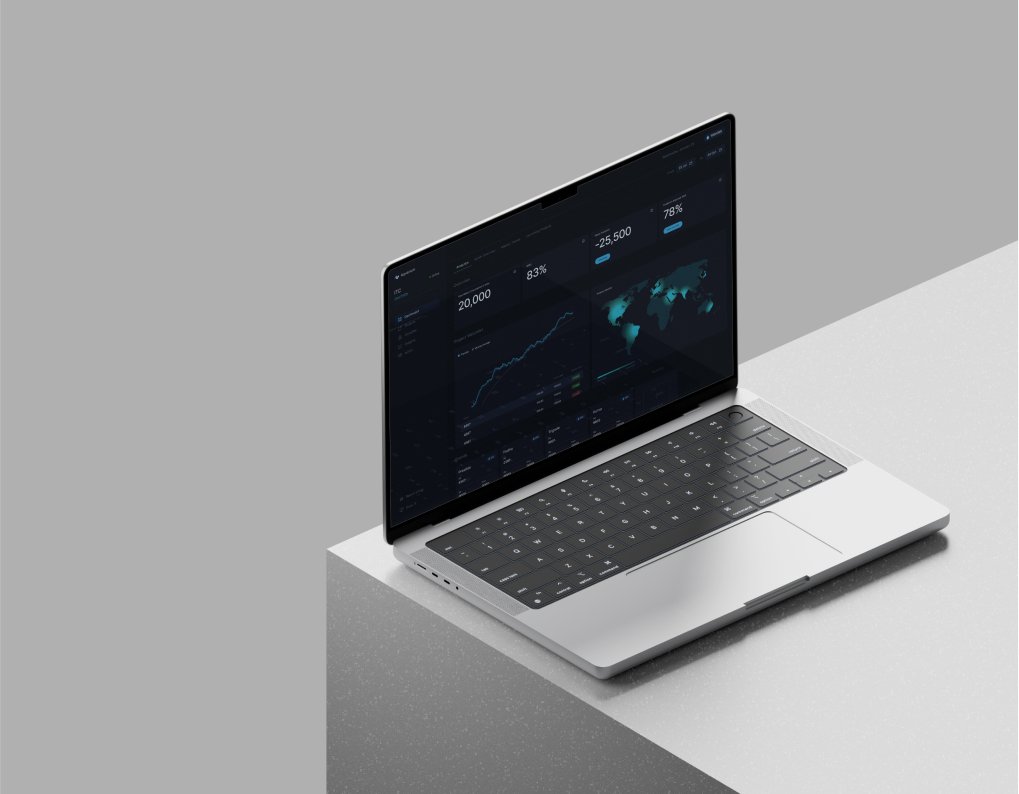
800+
Projects
27
World’s Firsts
$500Mn+
Revenue Delivered
50Mn+
Products shipped
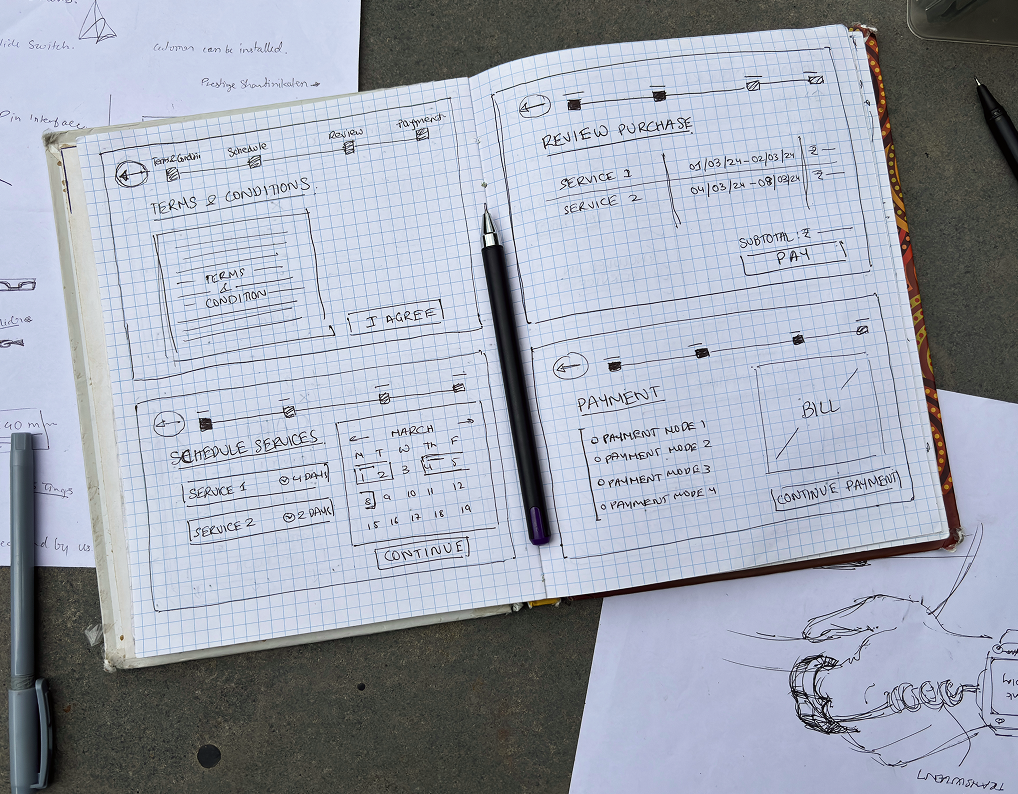
What Sets Us Apart
Pioneers of Connected Service Design
We've been at the forefront of a first principles and unified approach to design projects since 2001. And have a proven track record of unlocking enduring value to businesses.
Passionate Problem Solvers
We love tackling complex challenges and finding innovative solutions through the power of service design.
Designing a Better World
We believe exceptional service design can make a positive impact on businesses and the world around us.
“Faced with polishing our portable visual field analyzer, Bang Design delivered market-ready magic. They mastered industrial design, styling, and engineering, even sourcing key vendors. The result? A functional, business-aligned triumph. Bang Design was instrumental in AVA’s success.”
Subscribe now to get started
Get unlimited access to:
Our Process
What happens after you start?
Step 1
Foresight and Strategy
We define a digital service vision rooted in user needs and market foresight. Together, we shape the strategic core, feature sets, positioning, and competitive edge.
Step 2
Design and Prototype Experience
Design for people, products, and places. Release an alpha version for early feedback. Actively apply design thinking to uncover user insights and refine the product's functionality.
Step 3
Develop, Refine and Ship Iterate
We enhance product performance and value across cycles. The final launch version is fine-tuned through user insights and iterative UX improvement, ready for impact.
Insights
How to Use Value Innovation to Open New Markets
The Complete Story of IPL’s Meteoric Rise
How to Get People to Choose Your Product
Frequently Asked Questions
What is service design, and how is it different from traditional design?
Service design goes beyond aesthetics and functionality. It focuses on the entire customer journey, including the interaction of people, technology, and physical spaces. It’s about designing a holistic experience that meets customer needs and delivers value.
How can service design benefit my business?
Service design can lead to a range of benefits, including:
- Increased customer satisfaction and loyalty
- Improved brand reputation
- Reduced operational costs
- Increased employee engagement
- Development of innovative new services and products
Why is your service design practice merged with your digital design practice?
We take a holistic view of the entire customer journey, encompassing all touchpoints, whether physical, digital, or human interaction. Specifically, digital touchpoints are often central to the customer journey. A first principles approach is often necessary to inform and influence the overall experience. And digital user interfaces and digital user experience design are central to realising that approach to products and services.
The practice of design is constantly evolving. There’s a growing trend towards convergence where the boundaries between traditionally siloed service design and digital design become increasingly blurred. This means service designers come with a strong digital-by-default approach, and vice versa.
Can service design really improve my bottom line?
Absolutely! Businesses with a focus on customer experience outperform competitors. Service design helps create loyal customers who spend more and are more likely to recommend your brand. It can also lead to increased efficiency, reduced costs, and improved employee satisfaction.
Is service design right for my industry?
Service design principles can be applied to any industry! From retail and hospitality to healthcare and capital goods, design can help businesses improve the way they deliver value to their customers. If you’re unsure, you can simply sign up to our flexible subscription plan, and start with a very loose brief.
Is service design right for my specific business?
Service design is relevant for any business that relies on customer interactions. Whether you’re a B2B or B2C company, service design can help you improve the way you deliver value to your customers. If you’re still unsure, you can simply sign up to our flexible subscription plan, and start with a very loose brief.
How much does service design cost?
The cost of service design varies depending on the scope of the project, the size of your business, and the complexity of your needs. However, the potential return on investment (ROI) can be significant. Most of our programs cost less than 2% of subsequent first year revenue from the business.
What is the process of service design?
Service design typically follows a human-centred approach that involves:
- Research and understanding customer needs
- Co-creation with stakeholders
- Prototyping and testing solutions
- Implementation and ongoing iteration
Can I implement service design myself, or do I need to hire a consultancy?
While it’s possible to implement some aspects of service design internally, hiring a consultancy can offer several advantages:
- Expertise and experience in service design methodology
- Access to a wider range of tools and resources
- Objectivity and fresh perspectives
How can I measure the success of my service design efforts?
There are a number of metrics you can use to measure the success of your service design initiatives. These might include customer satisfaction scores, Net Promoter Score (NPS), employee engagement, and sales figures.
Is service design a one-time project, or is it an ongoing process?
Service design is an iterative process. As your business and customer needs evolve, so too should your customer experience. Regularly revisit your service design strategy and make adjustments as needed.
How can I convince my leadership team of the value of service design?
Share success stories from other businesses that have implemented service design. They will likely be competitors already winning with service and digital design. Quantify the potential ROI and highlight the alignment with your overall business goals.
What are some of the biggest challenges associated with service design?
Some of the biggest challenges include getting buy-in from all stakeholders, breaking down silos within organizations, and measuring the impact of design interventions. However, with a clear strategy and commitment from leadership, these challenges can be overcome.
What are some of the key skills needed for successful service design?
Service designers need a combination of skills, including:
- User research, empathy and a desire for contemporary culture
- Design thinking and problem-solving
- Sound Understanding of contemporary software, hardware and audio technology
- Communication Design Skills
- Prototyping and testing
- Storytelling and visualisation
If you come from a background in any of the traditional design disciplines – especially digital experience design – you will likely be able to make the transition quite easily. That said, a degree in design is certainly not a prerequisite to becoming a good service designer.
What can you expect in the Customer Experience Vision and Design service?
- Future customer research
- Service vision and proposition
- Future customer journeys
- Experience-led operating model and roadmap
What can you expect in the Digital Products service?
- Product vision
- Digital journeys
- Design and prototype
What can you expect in the Digital First Stores service?
- Future guest and visitor research – Start with people and what they want to achieve
- Determine a strong value proposition
- Master plan of the experience
- Orchestrate product and people to deliver the service





